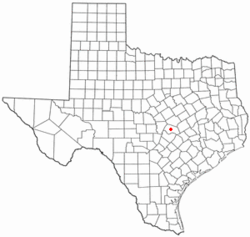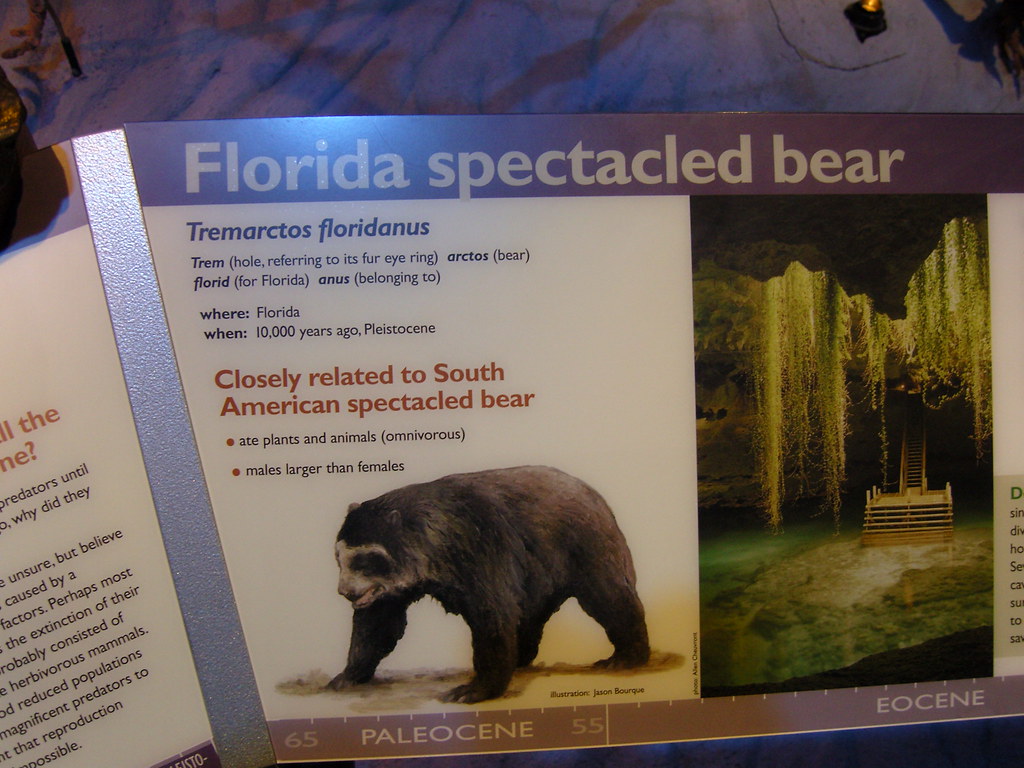One of the last great stands of wilderness in eastern North America existed along the Mississippi River during the late 19th century. Loggers ruined this environment between 1880-1910, but in Mary Hamilton’s autobiography, Trials of the Earth, she described the awesome nature of this region. Though her book focuses on her personal life and all the tragedies and hardships her family endured, I collected all of the interesting tidbits of natural history that she wrote about.

A fascinating book about the pioneer life of a woman in Mississippi and Arkansas during the turn of the 19th century.
In 1896 Mary Hamilton, along with her 2 young children and her brother and sister, followed her husband to a logging camp on Concordia Island, Mississippi. The island was bound by a chute of the Mississippi River and the main channel. Her husband was a supervisor at the camp, and he was too busy to bring her himself. Instead, he marked a wagon trail through the wilderness, and a guide (actually an inexperienced teenaged boy) helped her find the camp where she eventually worked as a cook for 30 lumberjacks. She was accustomed to this work, having boarded over 100 lumberjacks at a previous camp.
The family settled in a big white tent. The island consisted of a dense forest of large mature oak, sweetgum, hackberry, and tulip trees with a thick undergrowth of bamboo cane that grew all the way to the lower limbs of the tall trees. (See: https://markgelbart.wordpress.com/2013/01/28/canebrakes-are-forlorn-landscapes/) Closer to the river, the forest thinned out, probably because of frequent flooding, and enormous sycamores and cottonwoods grew here.
The lumberjacks felled the trees and lashed them together in rafts to be tugged down the river to sawmills. Some species of trees float, while others sink, so the lumberjacks had to lash “floaters” with “sinkers.” Sweetgum and oak sink and had to be lashed to cottonwood, ash, or cypress.

Some species of trees sink, while others float. Lumberjacks had to lash logs from “floaters” with logs from “sinkers” when they sent them downstream to the mills.

This is how people with wagons crossed rivers before bridges were built. People who owned the ferry charged for its usage.
Mary’s younger brother was an accident prone Gomer Pyle type, and her husband was afraid he would hurt himself or somebody else, if they put him to work as a lumberjack. Therefore, they assigned him the task of hunting and fishing to supplement their supplies. It was difficult to supply this camp with food. During times of high water, wagons couldn’t reach the camp, and supply wagons occasionally got lost in the wilderness and never arrived. Sometimes the man in charge of the supply wagon ignored the grocery list and bought candy and cakes instead of the staples they needed. So hunting was useful. Deer and black squirrels were abundant. Apparently, the black phase of the fox squirrel (Scirius niger) was the only species of squirrel on this island. This surprises me because gray squirrels (Scirius carolinensis) prefer the kind of dense forest Mary describes. In the south fox squirrels generally prefer more open woodlands.

Black phase of the fox squirrel.
One day Mary’s brother encountered a mother bear playing with her cubs. He threw down his gun and ran for his life, yelling “there’s a dozen lions after me.” Bears were plentiful on the island, and the lumberjacks’ diet here included bruin along with local beef and pork (wild hogs ran wild everywhere) and corned beef from New Orleans. Animals took advantage of the lumber camp as a source of food as well. A bear stole a quarter of a beef left to hang outside one night. Raccoons, opossums, and bobcats fought over the camp garbage every night, and Mary heard panthers screaming and wolves howling nightly. Later, when her family moved to an homestead on the nearby Sunflower River she insisted her husband shine the lantern on her when she went outside to bring in the laundry every night because she heard a panther screaming regularly on both sides of the river. People didn’t know much about panthers and wolves then and were very afraid of them. Mary didn’t consider all nature unpleasant. She liked to hear the birds and frogs in the spring, and one day she collected 5 gallons of blackberries the size of Guinea hen eggs. The rich delta soil produced berries larger than modern cultivated ones sold in farmer’s markets.
Mary’s husband built a “freshwater shrimp” trap for her brother. The trap worked and captured bags of “shrimp” everyday, but her brother didn’t know “shrimp” meant crawfish. He always threw away the crawfish until he was informed of his ignorance.
The Mississippi River shifted direction during their time on Concordia Island. This caused a near disaster. The river started eroding the bank overhanging all the rafts of lumber. The rafts could have become covered in sediment and lost. They immediately sent for tugboats that hauled the floating rafts and most of the logs were saved. This event, referred to as “sloughing,” must have been an impressive sight. Trees fell into the river, and the sediment collapsing made a “boom, boom” sound.
Next, Mary’s family moved to a lumber camp near the Sunflower River, a tributary of the Yazoo. This region too was all canebrake and woods where panthers screamed and wolves howled every night. Getting water at this camp was laborious and difficult. Iron pipes were driven into the ground to reach well water, but oftentimes this was hard water high in magnesium and calcium. Hard water is safe for drinking but can’t be used for washing dishes or clothes. Mary softened the water by adding lye made from wood ashes. The addition of a base binds the calcium and magnesium ions, making the water usable for cleaning. Too much water became a bigger problem at this camp. Rainy weather flooded all the surrounding bayous, isolating the camp from civilization, and they ran short of food. They realized the rising water was going to completely inundate the camp and the wooden clapboard house where they were living. So Mary’s husband cut a path through a canebrake that led to an Indian mound located above the floodplain, and he built a small boat. The boat wasn’t big enough for all of them, and he had to make 2 trips to save his wife and 3 children. Mary waited with her 5 year old daughter and infant son for 6 hours, while her husband carried their other small child to safety and returned. She spent all this time standing on a chair on the highest ground, holding her baby and comforting her young daughter. The baby slept the entire time, despite the rain. She saw a bear, deer, rabbits, mice, and snakes swimming by them, looking for high ground.
Tornadoes often storm up the Mississippi River valley, then turn inland and smash through forest. Mary describes one such area that was known as “the cyclone,” an area estimated to be at least 36 square miles. “The cyclone,” located near the present day site of the Parchman State Penitentiary, was an eerie landscape without a single standing tree. Instead, the ground was littered with fallen timber covered in grapevines, poison oak, and thorny brier bushes. Ecologists call these environments windthrows. This windthrow was on rich soil and hosted luxuriant tangles of vegetation, making the area impassable. Mary tells the story of a well-liked Jewish paymaster who chose to take a shortcut through “the cyclone” rather than travel the 5 mile path around it. He was bringing the pay to a neighboring lumber camp. He got lost for 4 days and went half-mad from panic and dehydration. The thorns tore all his clothing off as he scrambled through the briers. Search parties failed to find him. He finally wandered close to the camp, completely naked and incoherent but with the money in his hand.

Mary Hamilton described an area near the present day site of Parchman Penitentiary as “the cyclone.” It was a windthrow of at least 36 square miles covered in an impenetrable stand of vines, briers, and cane.
Mary worked hard most of her life, but shortly after she married she did enjoy a bit of a vacation in Missouri where she stayed with friends by the Castor River. Here, she learned how to fish. She mostly caught bass, but on one early morning before anyone else was awake she caught an eel. This sent her screaming in terror back to the house. She was so scared she didn’t let go of the rod and carried the eel to the front door. Mary wanted to get rid of it, but her husband was from England where eel is considered a delicacy, and he prepared it for supper. One kind of fish that Mary caught here was referred to as a “white salmon.” It took a little research, but I determined her “white salmon” was actually a walleye (Sender vitreus). The old Ozark term for walleye is “jack salmon.”

Mary caught bass, an eel, and walleye (which she called “white salmon”) in the Castor River.
I’d like to live in a wilderness where panthers scream and wolves howl every night. And it would be rewarding to live off the land, gardening and raising animals for food. But I wouldn’t want to do this without modern conveniences. Mary worked from dawn to past dusk for most of her life. I envy the wilderness she got to see but not the hard life she endured.
























